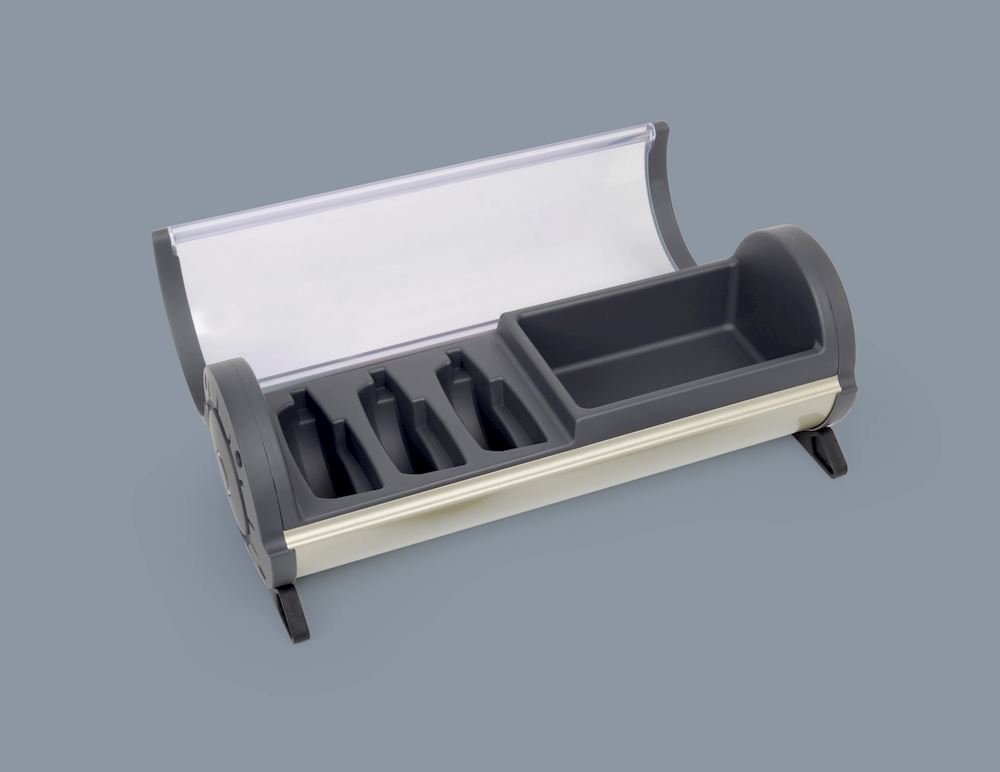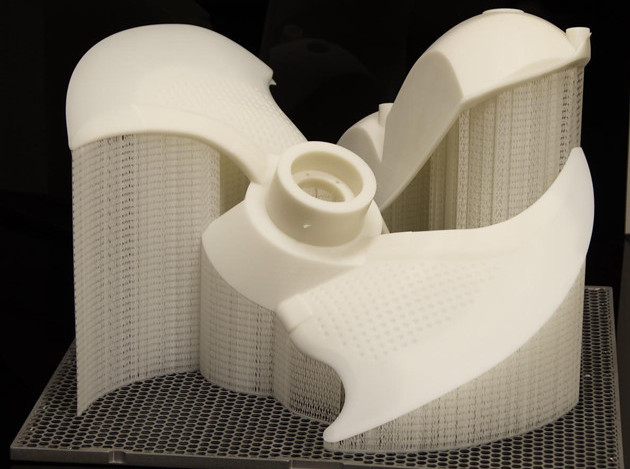
The powertrain and engine area is a constrained space in the core of a race car, key to delivering high performance. This makes it possible to incorporate feedback immediately and maximize the time allotted for wind tunnel testing. Having 3D Systems additive manufacturing equipment on-site allows you to quickly construct and test a variety of highly accurate metal and plastic parts that replicate finished motorsports components. Reduce the time it takes to build, test, and iterate parts for aerodynamic validation.

Some of the advanced applications for additive manufacturing in motorsports include. Using these capabilities and its industry knowledge, it’ll help you optimise new designs for high-performance and get effective solutions to the track faster. 3D Systems collaborates to help you meet the innovation challenge, leveraging its additive manufacturing expertise and advanced material developments to help you build, test, and iterate more efficiently. It does not store any personal data.Gaining a competitive advantage in motorsports requires cutting-edge components, development speed and production flexibility. The cookie is set by the GDPR Cookie Consent plugin and is used to store whether or not user has consented to the use of cookies. The cookie is used to store the user consent for the cookies in the category "Performance". This cookie is set by GDPR Cookie Consent plugin. The cookie is used to store the user consent for the cookies in the category "Other. The cookies is used to store the user consent for the cookies in the category "Necessary". The cookie is set by GDPR cookie consent to record the user consent for the cookies in the category "Functional".

The cookie is used to store the user consent for the cookies in the category "Analytics". These cookies ensure basic functionalities and security features of the website, anonymously. Necessary cookies are absolutely essential for the website to function properly. Initial investment and total cost of operation- The Buyer’s Guide will also help you prioritize what’s more important to you right now: a low cost of entry so that you can learn how 3D printing will benefit your business, or, if you already know how additive manufacturing can be leveraged for your business, a higher initial investment that will result in a lower total cost of operation.Print Capacity- Required print capacity for production is determined by a variety of criteria including the printer’s ability to make the breadth of the parts you need to create.Use the guide to help determine exactly what is most important to you and review which 3D printers are the best for your requirements. Other applications are purely functional, and part appearance doesn’t matter as long as the parts perform as expected.
#Sla quickcast supplier full

Each technology has strengths and weaknesses that need to be factored in

Accuracy- Accuracy, precision, and repeatability are dependent on a variety of factors including part size, material, geometry, post-processing, print orientation, and more.Part Strength- Will the parts you print do what you need them to do? This guide will help you review 3D printers that will create parts with the specific mechanical properties your application requires.File-to-Finished Part Speed– Every 3D printer has a different file-to-finished part speed, which takes into account build preparation, print speed, required post-processing, and optional finishing time.Which 3D Printer is Best for You? Identifying your unique requirements within the entire design-to-manufacture process will help you select the best 3D printing technology and optimize its benefits.ģD Printing Performance Criteria You Need to Review


 0 kommentar(er)
0 kommentar(er)
